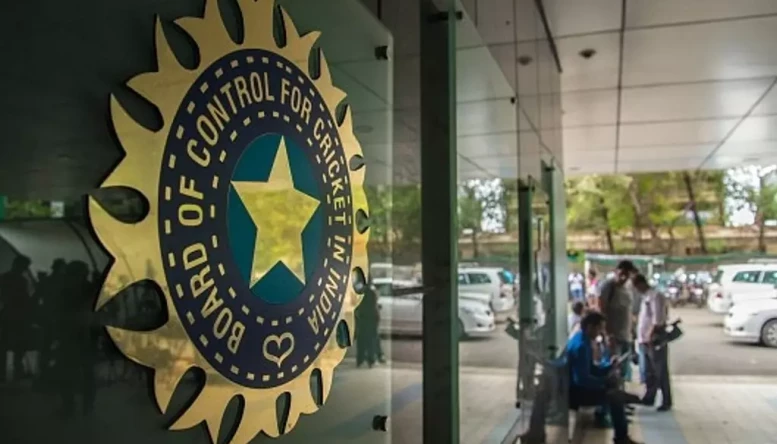Cricket News: BCCI's decision to shortlist a core of 20 players makes sense
Going into the 2022 T20 World Cup, the Board of Control for Cricket in India (BCCI) had made it clear that they had a shortlist of around 40 players who they would consider part of a core squad going into the tournament.
 BCCI
BCCIHowever, going into the 2023 ICC World Cup, things have changed. Recently the BCCI announced that they would be looking at a core of about 20 players for the home ODI tournament.
Many would doubtless feel that cutting the shortlist by half could have a detrimental effect on team building.
After all, the fewer players you focus on, the less backup you will have. While this may be true, concentrating on a smaller core has plenty of benefits.
<blockquote class="twitter-tweet"><p lang="en" dir="ltr">Very good decision by BCCI to reduce the pool of players to 20, around 25 games left for the World Cup, the game time and preparation will be perfect if there are not many injury concerns.</p>— Johns. (@CricCrazyJohns) <a href="https://twitter.com/CricCrazyJohns/status/1609513553953947648?ref_src=twsrc%5Etfw">January 1, 2023</a></blockquote> <script async src="https://platform.twitter.com/widgets.js" charset="utf-8"></script>
Last year, the Indian cricket team had such a busy calendar, and they felt the need to manage the workload of all format players while giving every core squad member some chance.
This led to an absolute mess of a situation where going into the tournament, no one could predict what India's strongest playing XI would be.
It was hard enough to predict who would get picked and dropped, such was the volume of players tried out throughout the year.
However, keeping the core smaller makes it easier to build a squad. After all, a World Cup squad will only consist of 15 players and three backups.
Therefore, figuring out 20 players to focus on would make things easier in the long run as it would ensure that there is a little chopping and changing.
One of the critical reasons for India's failures in recent years in ICC tournaments is that the team does not often play with their leading players.
This is at least partly a symptom of the cricket calendar being more crowded than ever, but it comes at the cost of team cohesion.
Teams that win ICC tournaments know their playing XI and their immediate bench and have played with these same players for a few series, at the very least.
This helps build an understanding between players but also gives them clearly defined roles to focus on within the team set-up.
Players will always perform at their best when there is clarity from team management over their spots and their roles.
An all too familiar problem in Indian cricket recently is the sheer degree of chopping and changing that takes place in the playing XIs.
The Virat Kohli-Ravi Shastri captain and coach duo referred to it as a 'horses for courses' approach, yet it more often than not backfired.
Focusing on a smaller core of players eliminates much of that uncertainty for players, which will help the BCCI develop a squad for the World Cup more easily.
And that sounds like a win-win situation for all involved, a rare thing in Indian cricket.
Editor's Picks
- 01
Brendon McCullum: England ready to be 'really brave' in team selection for India series
- 02
Diogo Jota inspires Liverpool surge as injuries fail to dampen Premier League lead
- 03
Cameron Norrie ready to go toe-to-toe with the big boys after stellar Australian Open run
- 04
Maxwel Cornet confident of scoring run after opening West Ham account